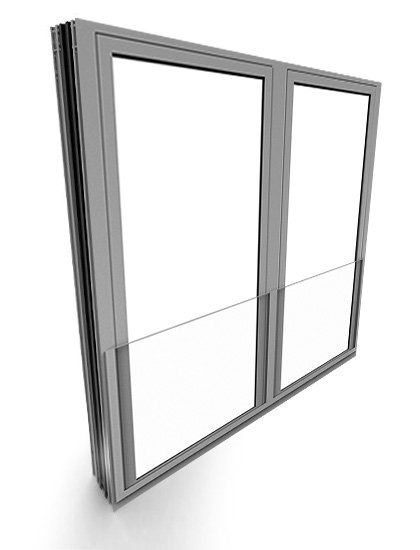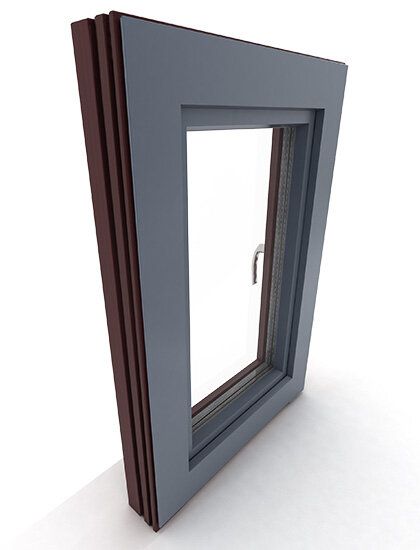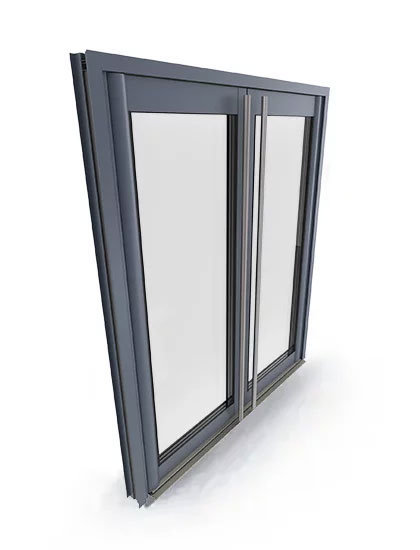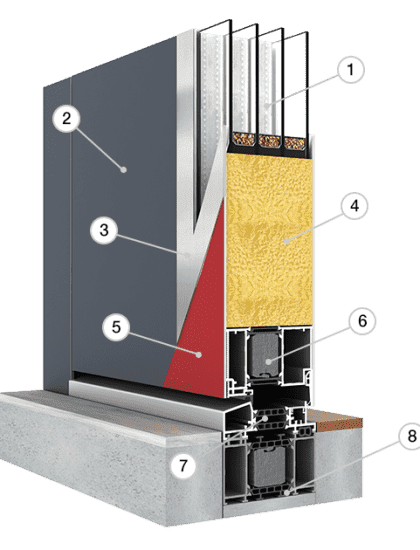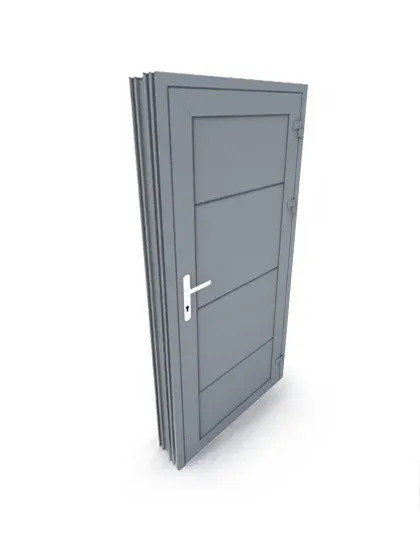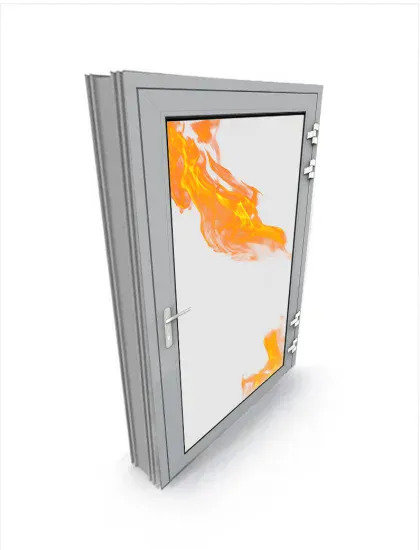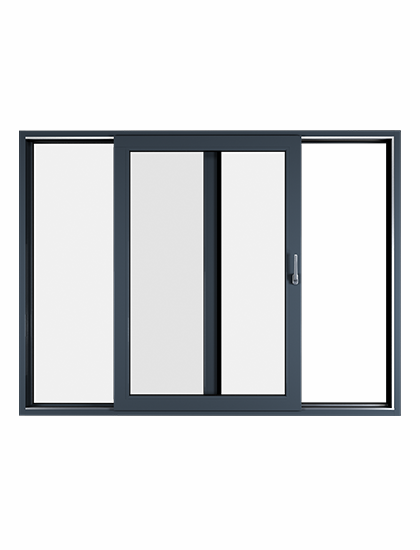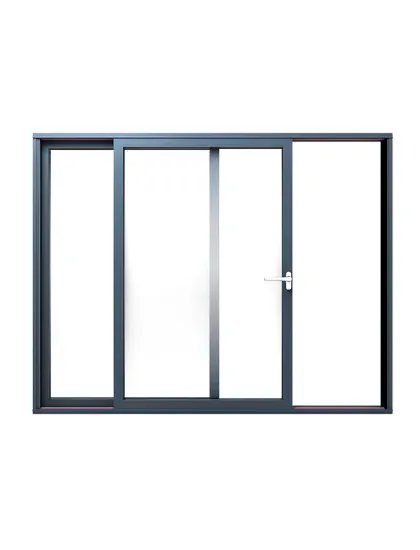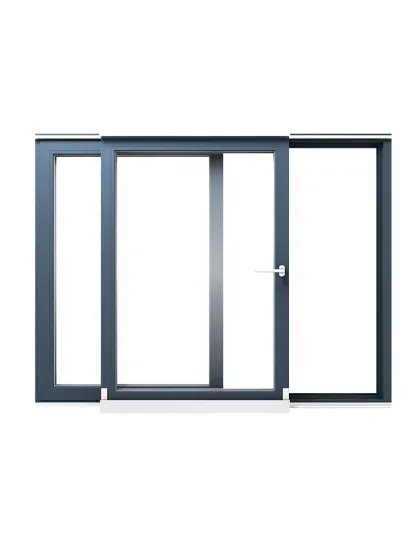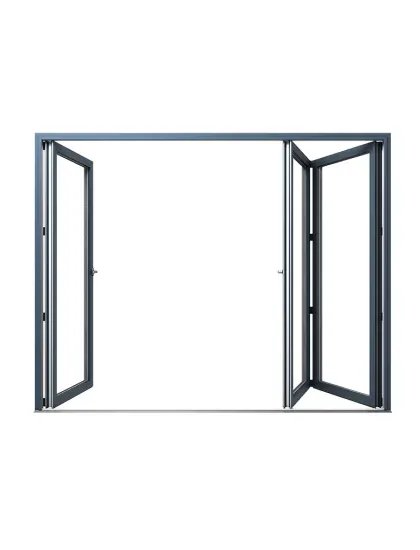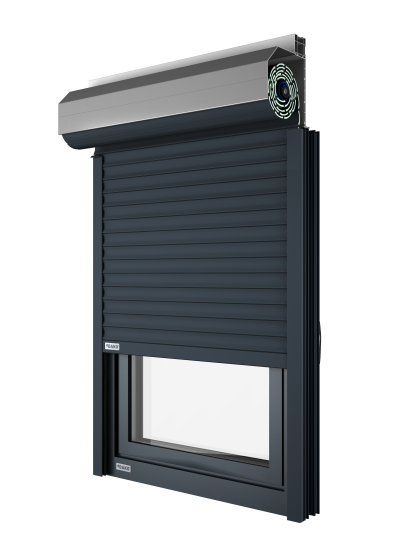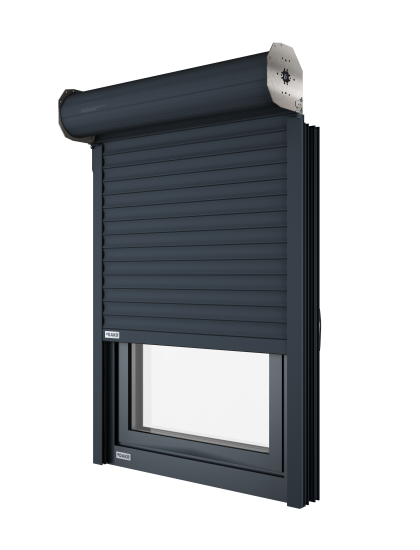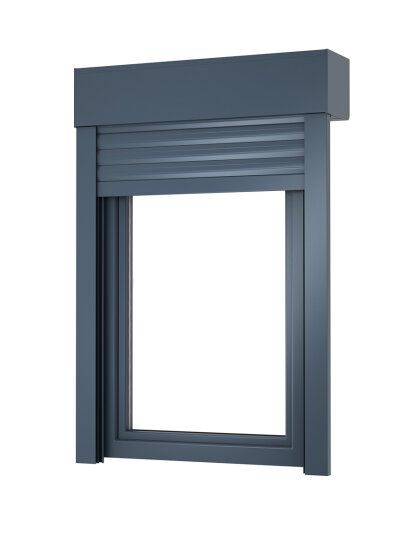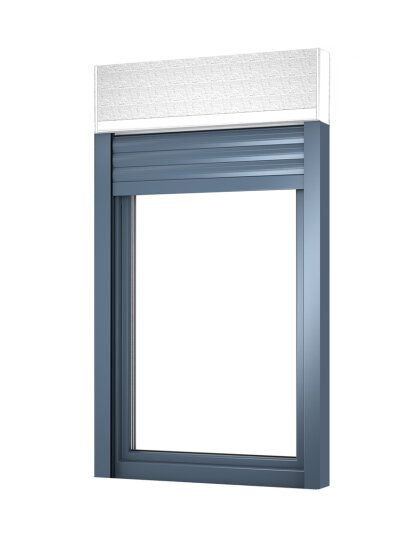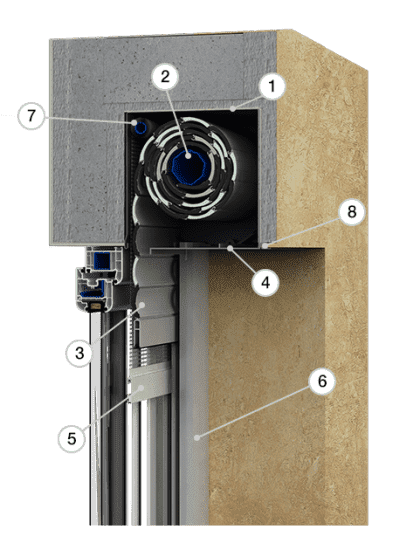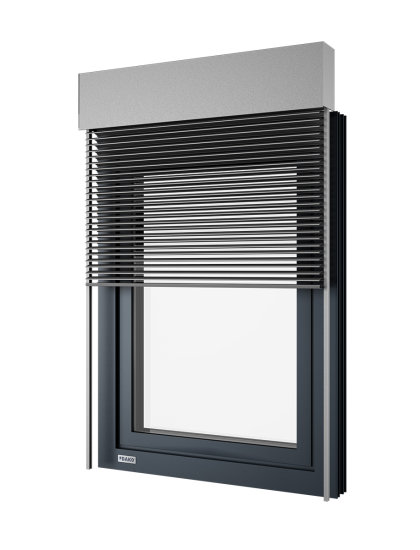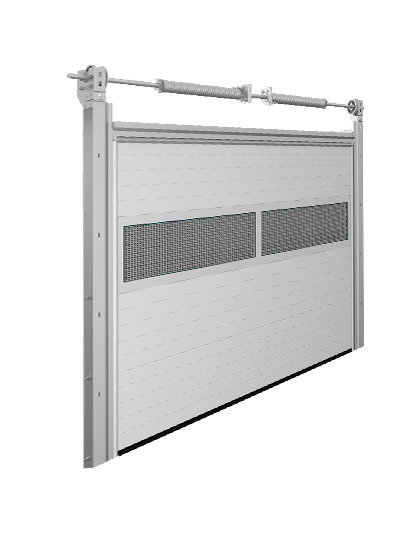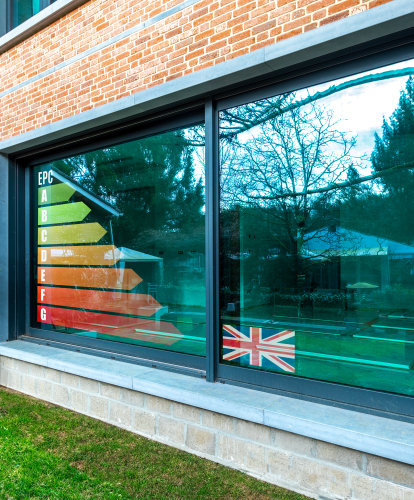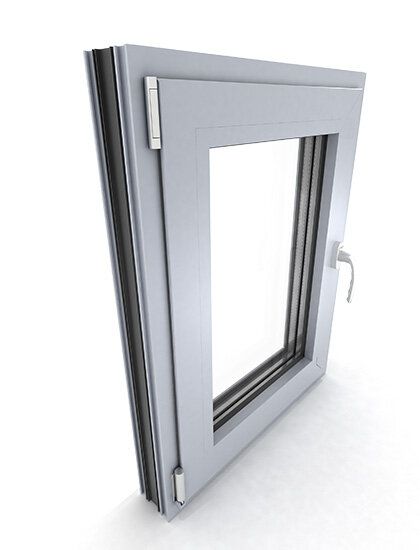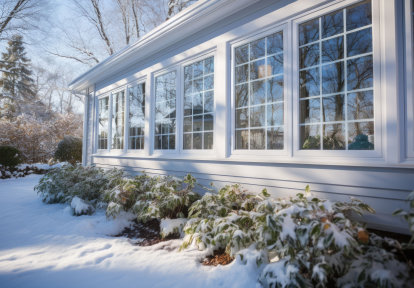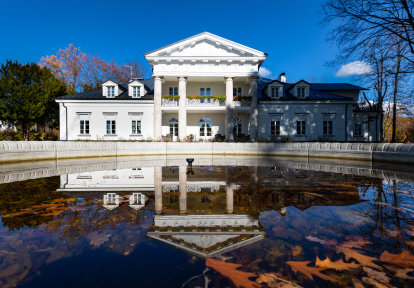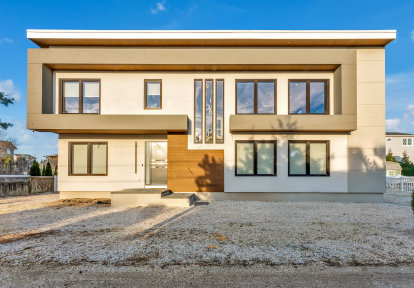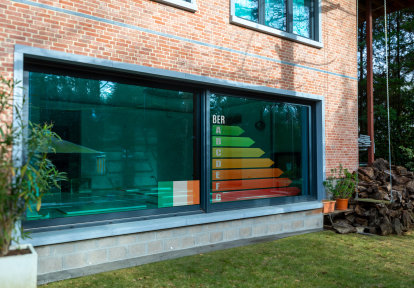Both the design approach for new buildings and the adaptation of existing ones to the requirements of the energy transition is a hot trend in the building industry today. The reasons for this can be found in the economy, climate change, political conditions, but also in the attitude of the owners themselves. This includes the search for economical heating methods, national legal requirements, ecological considerations, the availability of RES technologies and, increasingly - the desire to raise the standard of the property.
Standards and indicators to meet
Regulations have an important influence on shaping local standards for constructions and renovations, also it’s linked to the international drive towards zero carbon and environmental building change. The EPC (Energy Performance Certificate) plays an important role here and has become a key element for those planning to build, renovate or purchase a building. Not only does it provide information about the qualities, running costs or thermal insulation of the building itself, but it also affects the possibility of obtaining government subsidies or loans.
In order to achieve the highest, most desirable rating of ,,A" for EPC by owners, firstly the building must be fitted with joinery that meets these requirements and is also at the highest level of thermal insulation.
Energy transformation of buildings - new energy sources
The UK is currently aiming for zero CO2 emissions by 2050. There is a growing awareness among the general public of the need for renewable energy sources, and central government is keen to subsidise them through 'Help to Heat' schemes. Photovoltaic panels, heat pumps or wind turbines are becoming increasingly popular as a way to save money or get financial support.
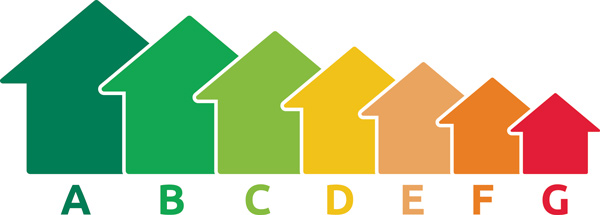
Energy-efficient construction, warm window joinery.
There is also an exponential increase in interest in passive construction, where buildings are characterised by minimal energy consumption, which results in lower heating or cooling bills. This popular trend is becoming a target for more and more developers and investors.
Low-energy houses are already a standard in new architectural designs, and warm joinery is a key element in this process. The right windows or doors can make a significant difference to the energy efficiency of a home, while providing comfortable living and reducing running costs. Warm windows from manufacturers such as the DAKO brand make it possible to achieve U-values as low as 0.62 W/m2K, so they will successfully fit into the needs of passive construction.
Windows, that follow the trends
Investing in high quality, thermally insulated joinery proves to be a critical step from here. DAKO windows have been designed to suit the climate and requirements of the UK islands, while maintaining optimum thermal insulation values, tightness and durability of manufacture.
We particularly recommend the warm DA-77 aluminium windows with a four-chamber profile with thermal breaks. They guarantee thermal insulation at a high level, with a coefficient value of Uw=0.89 W/m2K.
The top-quality PVC DPQ-82 thermoSecure windows will also be an excellent choice. Our warmest series of windows with the swisspacer ultimate warm frame allows as much as 10% more light and thermal gain thanks to the special glazing. The Uw value for these windows is as high as 0.75 W/m2K!
No matter which model you decide on, it will be a good solution for residential construction, renovation of single-family houses and flats, but also for larger investments. For more information, please visit www.dako.eu.




